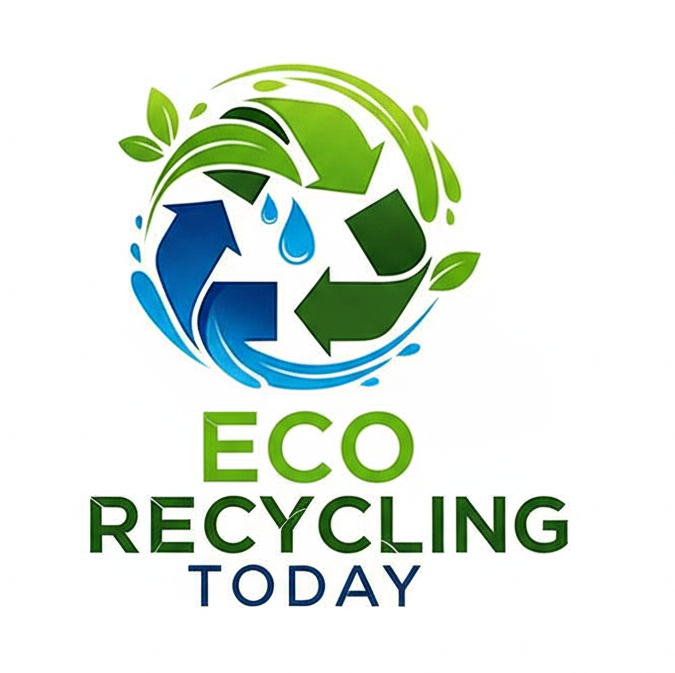As environmental concerns continue to grow, the need for efficient hazardous waste recycling has become more crucial than ever. Hazardous waste recycling machines play a key role in safely processing and repurposing toxic materials, reducing environmental impact and health risks. In this guide, we will explore how these machines work and the technologies involved in hazardous waste recycling.
Hazardous Waste Recycling
Hazardous waste includes materials that are toxic, flammable, corrosive, or reactive. Common sources include industrial chemicals, medical waste, electronic waste (e-waste), and contaminated solvents. Specialized recycling machines ensure that these materials are processed safely, preventing pollution and potential harm.
Key Processes in Hazardous Waste Recycling Machines
Hazardous waste recycling machines use various methods to safely break down, neutralize, and repurpose toxic materials. Here’s a step-by-step breakdown of how they work:
1. Collection and Sorting
Before recycling begins, hazardous waste is collected and sorted based on its type and chemical composition. Machines use automated sorting systems to separate different categories such as metals, plastics, and toxic chemicals.
2. Shredding and Size Reduction
Certain hazardous materials, such as batteries and electronic waste, need to be broken down into smaller pieces. Shredding machines reduce waste size, making it easier to extract valuable materials for recycling.
3. Thermal Treatment and Incineration
Some hazardous waste recycling machines use high-temperature treatment to destroy harmful substances. Incinerators and pyrolysis systems break down organic compounds into ash, gas, or energy, minimizing environmental risks.
4. Chemical Neutralization
For waste containing acids, bases, or toxic chemicals, specialized machines use neutralization processes. Chemical reactions convert hazardous substances into less harmful compounds that can be safely disposed of or reused.
5. Solvent Distillation and Recovery
Solvent recovery machines extract and purify chemicals from industrial waste. These machines use distillation techniques to separate reusable solvents, reducing the need for new raw materials and minimizing waste.
6. Heavy Metal Extraction
Hazardous waste often contains heavy metals like lead, mercury, and cadmium. Advanced filtration and separation machines extract these metals for safe disposal or reuse in manufacturing.
7. Encapsulation and Solidification
For extremely hazardous substances, encapsulation and solidification techniques are used. Machines mix waste with stabilizing agents to prevent leaching, ensuring safe long-term storage.
Types of Hazardous Waste Recycling Machines
- E-Waste Recycling Machines: Break down and extract metals and plastics from discarded electronics.
- Chemical Recycling Machines: Neutralize and repurpose industrial chemicals.
- Medical Waste Sterilizers: Use heat and pressure to disinfect and recycle medical equipment.
- Battery Recycling Machines: Extract valuable metals like lithium and lead from used batteries.
- Solvent Recovery Units: Reclaim solvents for industrial reuse.
Hazardous waste recycling machines play a vital role in minimizing the environmental impact of toxic waste. By using advanced processes such as shredding, incineration, neutralization, and metal extraction, these machines ensure that hazardous materials are repurposed safely and efficiently. Investing in the right recycling technology is crucial for businesses and industries aiming to achieve sustainability and regulatory compliance.
